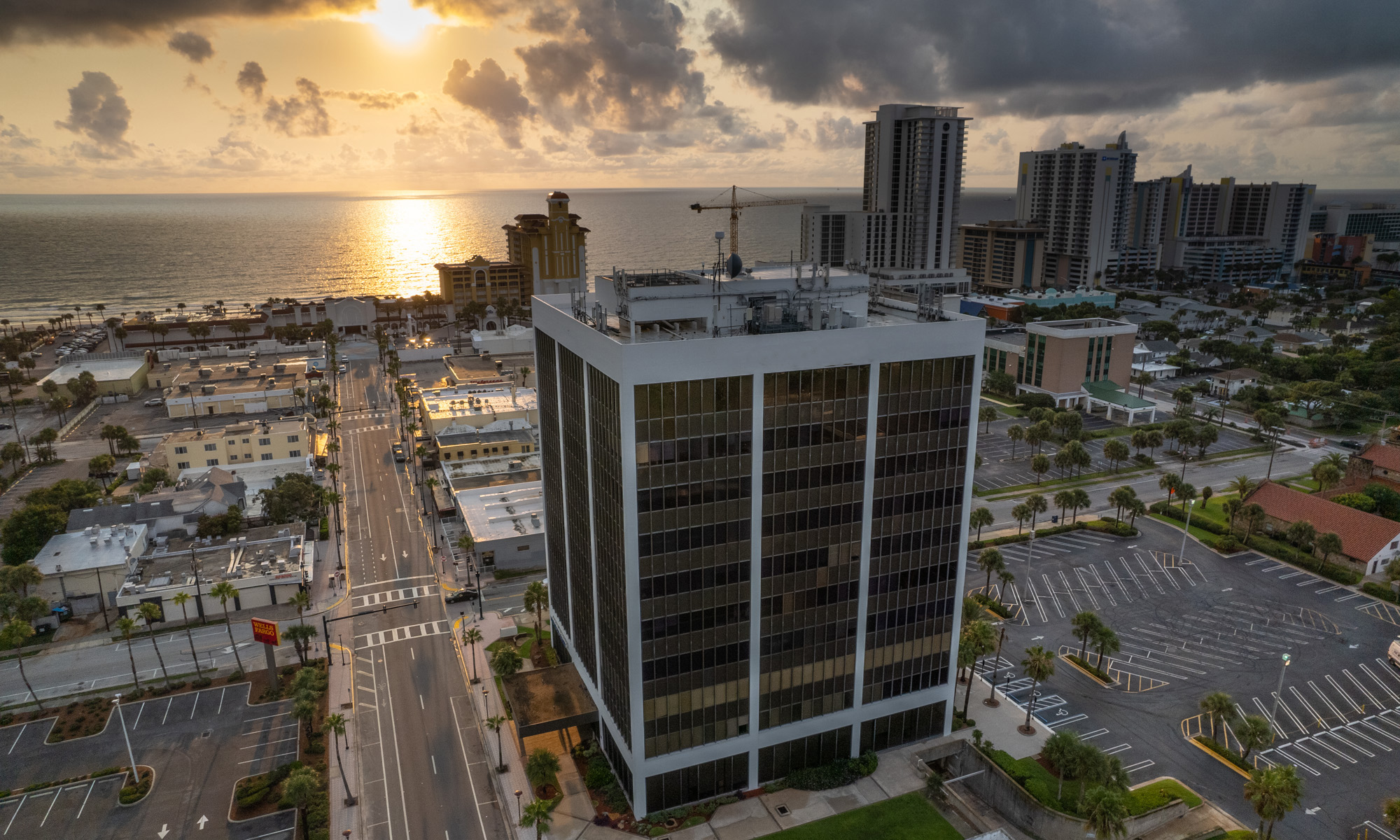Daytona Beach, located on the east coast of Florida, has a long and rich history dating back to the Indigenous peoples who lived in the area before European exploration. The city has seen significant growth and development over the centuries and has played an important role in the history of Florida.
From the early settlers and developers to the rise of tourism and motorsports, to the modern challenges and opportunities facing the city today, there is much to learn about the history of Daytona Beach.
In this post, we will take a closer look at the key moments and events that have shaped the city and its significance over the years.
Early History
Before European exploration, the land that is now Daytona Beach was home to Indigenous peoples, including the Timucua and Seminole tribes. These tribes have their own rich history and culture, which played a role in shaping the area.
The first Europeans to explore the area were Spanish explorers in the 16th century. They named the region after the Spanish explorer Juan Ponce de León, who is said to have visited the area in 1513.
In the 19th century, the land that is now Daytona Beach was used primarily for farming and cattle raising. It wasn’t until the late 1800s that the city began to see significant development, with the arrival of entrepreneurs and investors who saw the potential of the area as a tourist destination.
Growth and Development
The early 20th century saw a significant increase in tourism in Daytona Beach, with the development of a number of hotels, resorts, and other tourist attractions. The city’s location on the beach, and its mild climate, made it an ideal destination for tourists looking to escape the cold winters of the north.
World War II had a significant impact on the city, as much military personnel were stationed in the area, and the city’s economy boomed. After the war, tourism continued to be a major industry for the city, and the population began to grow rapidly.
The post-war years also saw the rise of motorsports in Daytona Beach, with the opening of the Daytona International Speedway in 1959. This further cemented the city’s reputation as a tourist destination and helped to drive economic growth and development in the area.
Modern History
In recent years, Daytona Beach has continued to evolve and grow, facing new challenges and opportunities. The rise of new technologies and transportation options has brought changes to the tourism industry and challenged the city’s economy.
Despite these challenges, the city has remained a popular tourist destination, with a thriving motorsports industry, rich cultural and historical attractions, and a growing number of businesses and residents.
Today, the city is working to build on its strengths and find new opportunities for growth and development, such as preserving its historical and cultural heritage, investing in new technology and sustainable practices, and promoting the city as a hub for innovation and creativity.
Conclusion
In conclusion, the history of Daytona Beach is a story of growth and development, shaped by the people and events that have shaped it over the centuries. From its early days as a farming and cattle-raising area to a booming tourist destination and motorsports hub, the city has always adapted and evolved to meet the challenges and opportunities of the times.
The city’s history is rich and diverse, with a unique blend of Indigenous, European, and American cultures, which has contributed to making it what it is today.
Whether you’re a resident, a visitor, or a history buff, taking the time to explore the history of Daytona Beach will give you a deeper appreciation of the city and its people, and the role it has played in shaping the state of Florida and the nation.

